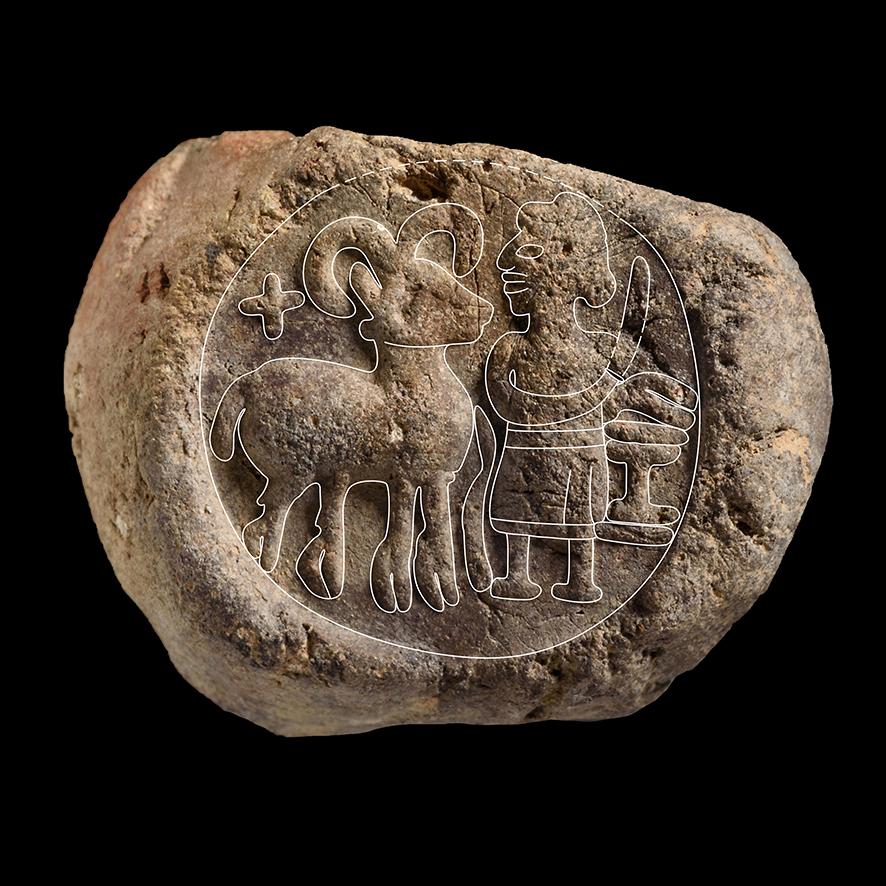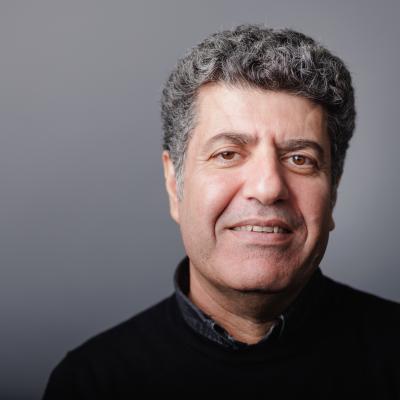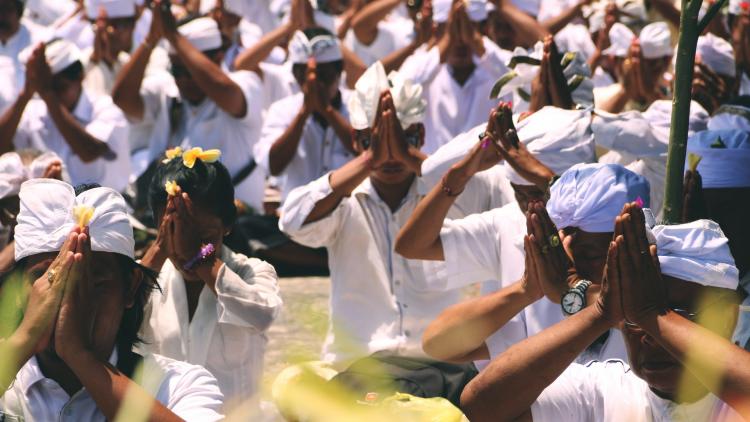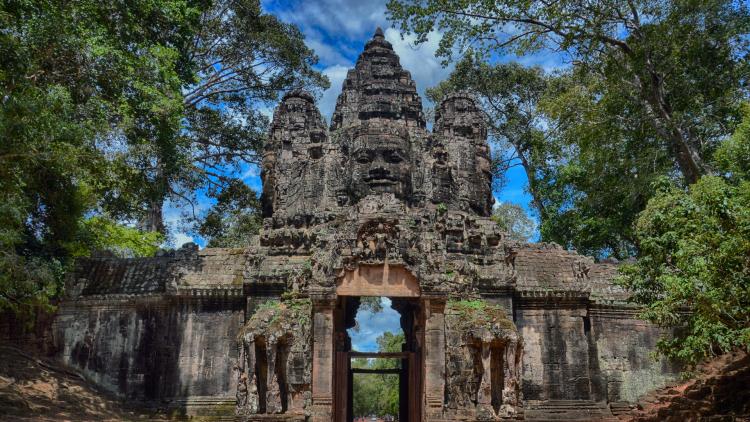Beyond Discovery: Religion, economics and administration in Sasanian Iran through new clay bullae from Taxt-e Solayman
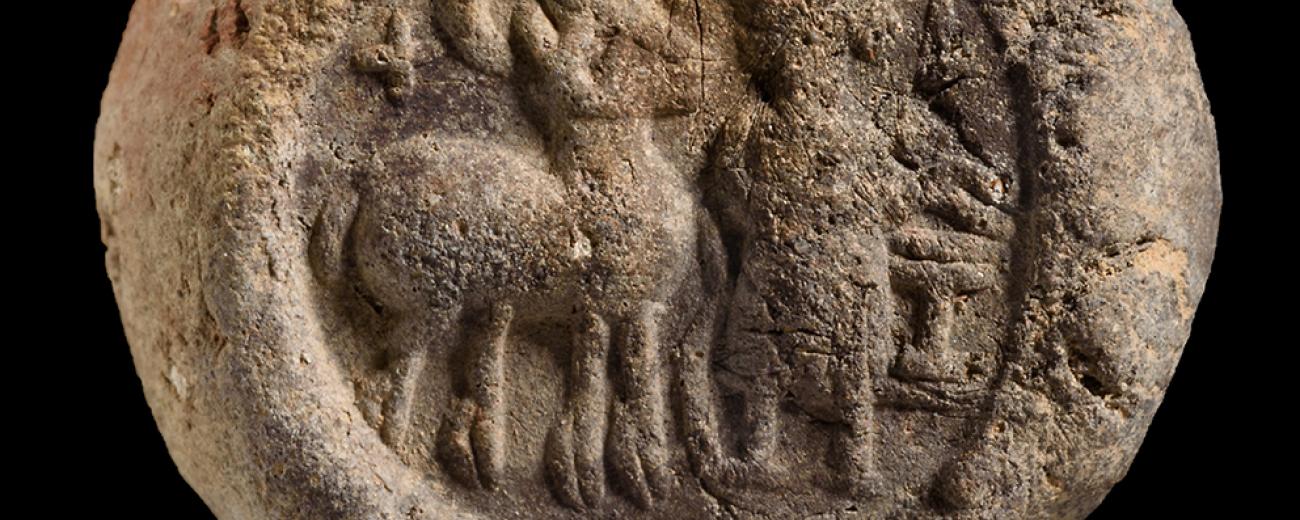

This project will analyse and publish newly discovered bullae and the seal impression they bear from one of the most important fire temples of Sasanian Iran.
The World Heritage Site of Taxt-e Solayman, or ‘Throne of Solomon’, is located in the province of Western Azerbaijan in Iran. It was home of the ‘fire of the warriors and military chieftain’, in Middle Persian: Adur Gushnasp, one of the three most sacred Zoroastrian fires of the Sasanian Empire (224-651 CE). There, between 2002 and 2008, during archaeological excavations under the auspices of the then Iranian Cultural Heritage Organization, Yousef Moradi excavated 824 Sasanian clay bullae, bearing almost 2,000 seal impressions.
He thus recovered a new Iranian primary source for Sasanian history, which to date largely relies on non-Iranian accounts. The outstanding feature of this find is not only that it comes from one of the most important religious centres of Zoroastrian Iran, but also that it has a secure provenance. For, in contrast to most other collections of Sasanian seals, this one comes from a controlled and fully documented excavation. Now housed in the Museum of Urmia in Azerbaijan, it is unpublished and inaccessible to the public. The purpose of the present project is to analyse and publish it in a methodologically innovative way both in print and online, and to enhance its public visibility through exhibitions, 3-D models and replicas.
Exploiting existing technologies of 3D imaging, computer vision and artificial intelligence, a new methodology will be developed for reading the inscriptions, which provide a wealth of personal and place names, administrative titles and religious phrases. The iconography on the sealings will be categorized and interpreted in order to understand the origin, diffusion, and meaning of the imagery. Laboratory analysis of the chemical composition of the bullae will examine whether the clay of a bulla comes from a single source or from different locations.
Simultaneous thermal analysis will reveal the degree of heat exposure and whether the bullae were burnt in the aftermath of an accidental conflagration as a whole after being archived, or whether they were baked individually with a controlled fire after having been detached from the object. Using a “chaine operatoire” methodology, we will investigate the process which created bullae by transforming a lump of clay into a culturally meaningful and functional object bearing legal force. The manufacturing sequences include the steps by which the raw material was selected, extracted, shaped, modified, and transformed to be attached to objects, and later removed, baked and archived.
The reverse of the bullae will be examined through the microscope for traces of the objects they once sealed. This will inform computer modelling techniques for reconstructing how a bulla was first affixed to an object by the sender and later removed by the receiver, on what kind of object it was attached, and whether it served for identification and authorisation, or for closure and protection.
Being the first project to ask this set of questions and to apply these methodologies to bullae, unprecedented data will be produced, analysed and interpreted to provide new insights into the reading of inscriptions and the imagery, the production process of bullae, sealing practices, the role of seals in Sasanian society, the economic activities of the Zoroastrian fire temple, and its interaction with different social and religious groups, including Jews and Christians.
Results will be disseminated in print as articles and as a two-volume book to be published in the series Corpus Inscriptionum Iranicarum, covering sealing practices, inscriptions, iconography, and providing a full descriptive catalogue with plates. An electronic dataset, published online with metadata, will provide photographs and line drawings of all 824 bullae, and 3D models. Replicas of selected bullae will be made available at a workshop, and at exhibitions in the UK and at the Urmia Museum, Iran, where the bullae are stored.
